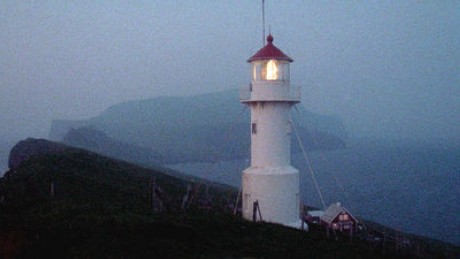Filmen med denne undercover skildring sendes i morgen tirsdag 10. maj på DR2 DOKUMANIA 20:45. Nanna Maria Bock Jeppesen skriver om filmen i sin DR2 pressemeddelse: ”Journalisten bag Islamisk Stat i Frankrig – undercover i en terrorcelle” (som Dokumania har valgt som dansk titel, red.) går under pseudonymet Saïd Ramzi og er af samme generation som mændene bag angrebet på Bataclan. Yderligere er han muslim, og han kan med egne ord ”komme ind, hvor ingen andre kan.” I sin dokumentarfilm tager han seerne med ind i hjertet af en Islamisk Stat celle og undersøger, hvad der får hans jævnaldrende til at drømme om jihad og massakrer. ”Mit mål var at forstå, hvad der sker inde i deres hoveder” forklarer Saïd Ramzi til nyhedsbureauet AFP.
Filmen fortæller historien om, hvordan en flok rodløse og frustrerede unge forsøger at tilegne sig hele verdens opmærksomhed og frygt, og den giver et rystende indblik i rekrutteringen og radikaliseringen af unge, der har opgivet et normalt liv i det samfund, de er vokset op i.”
Trailer med dansk tekst findes på politiken.dk (sammen med Michael Seidelins anmeldelse:
http://politiken.dk/udland/ECE3187360/modig-filminstruktoer-infiltrerer-allahs-soldater/
SYNOPSIS
Un document exceptionnel. Des journalistes ont réussi à infiltrer pendant six mois en caméra cachée un petit réseau français se réclamant de Daech. Pour des raisons de sécurité, les reporters préfèrent rester anonymes.
Le réseau infiltré est composé d’une dizaine de membres. Un personnage se détache parmi eux : Ossama, 20 ans. Il a tenté d’intégrer l’armée française (qui n’a pas voulu de lui), est passé par le satanisme, l’alcoolisme, avant de découvrir l’islamisme radical sur internet. Il a déjà tenté de partir en Syrie et a fait de la prison. A sa sortie, il a mis en place une petite cellule, baptisé “Soldats d’Allah”, dont il a été nommé émir. Nous avons pu filmer en longueur les échanges avec lui. On pénètre littéralement dans son cerveau, on comprend ainsi sa détermination à atteindre le martyr. Aller au “paradis” est sa volonté principale, il décrit ce qui l’attend : les femmes, les palais, etc. C’est aussi une tentative de lavage de cerveau des nouveaux membres, qu’il faut convaincre de passer à l’action et de mourir en tuant “un maximum de kouffars” (mécréants).
Les apprentis djihadistes communiquent entre eux, grâce à un réseau social sécurisé : Telegram. Un détenu français dialogue avec eux depuis sa prison. Un autre homme installé à Raqqa, en Syrie, envoie des photos et les encourage. Tout passe par Telegram : des schémas pour préparer des explosifs, piéger des voitures, tuer à coup sûr.
Le groupe change de dimension lorsqu’un un homme venu de Syrie, du territoire de l’Etat Islamique, prend les choses en main. Davantage rompu à la clandestinité, il maintient des relations cloisonnées. Il communique par messages manuscrits, évite internet. Il veut frapper une salle de concert ou un lieu de nuit. Le groupe doit se procurer des armes…
Pour SPECIAL INVESTIGATION, enquête dans la coulisse de cette cellule terroriste. (Canal+)
http://www.canalplus.fr/c-infos-documentaires/pid3357-special-investigation.html?vid=1387445



